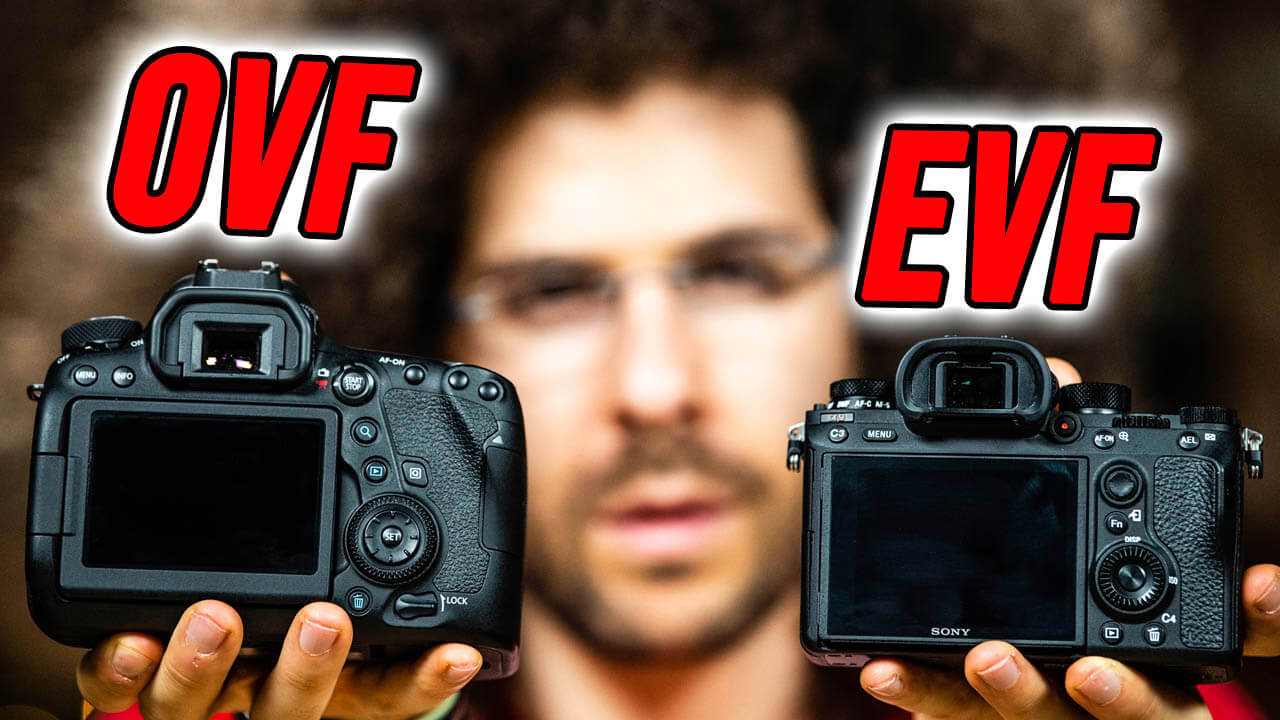


ELECTRONIC VIEWFINDER VS OPTICAL VIEWFINDER SERIES
In fact, the single-lens reflex viewfinder system on SLRs is one of several optical viewfinder types. With an electronic viewfinder (EVF), you can see exactly what your sensor sees where as an optical viewfinder uses a series of mirrors to show you what the lens. We've treated all optical viewfinders as identical, explaining their functionality as they would work on SLRs. Turn the setting OFF and both display a look more akin to what youd get with an optical viewfinder, so whether you want to use the camera like a conventional. You can see all cameras with viewfinders, mirrorless cameras with viewfinders and point-and-shoot cameras with viewfinders. The type of viewfinder is a major difference between these types of cameras, but only one of a number of factors to consider. With some exceptions, you'll only find optical viewfinders on SLRs, while viewfinders on compact and mirrorless cameras are of the EVF variety. Their most important benefit, and the reason many photographers. Optical viewfinders provide much better clarity, better dynamic range (roughly, ability to resolve scenes with extreme differences in brightness) and an instantanteous view of the action lacking the delay found in some EVF systems. Optical viewfinders (OVFs) use decades-old technology, yet still have many staunch supporters. Since the image in an optical viewfinder relies on the actual light passing through a camera rather than a digital representation, they offer a few unique benefits. Some cameras also augment the EVF display in various ways, such as by highlighting areas in focus ('peaking' autofocus), simulating the motion blur you'll see if you take a photo and automatically boosting brightness when shooting very dark scenes. The advantage of electronic viewfinders is you get to see exactly what the camera's sensor sees and your view of a scene is never obstructed when taking a photo (your view is momentarily blocked when taking photos on DSLR cameras). However, an EVF can display a much larger amount of information.

At the bottom of the viewfinder they can display useful information regarding the exposure settings, battery life etc. Electronic viewfinders use a tiny electronic display much like the larger LCD screen on the back of all cameras, whereas optical viewfinders use mirrors and prisms to represent the view of a scene. Optical viewfinders often have a few overlays, for example to show the autofocus points and grid lines to help composing. There are two types of viewfinders: optical (OVF) and electronic (EVF). Some cameras also include an eye-level viewfinder, which allows you to frame a photo in bright light and reduce the power drain of a larger LCD screen. All cameras these days have an LCD (or OLED) screen on the back for framing and viewing photos.


 0 kommentar(er)
0 kommentar(er)
